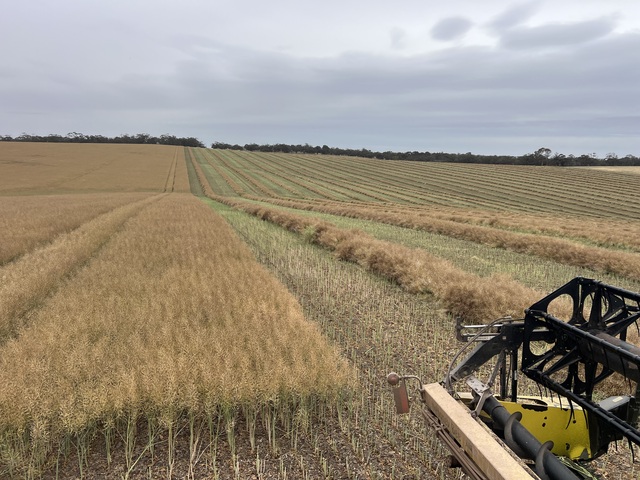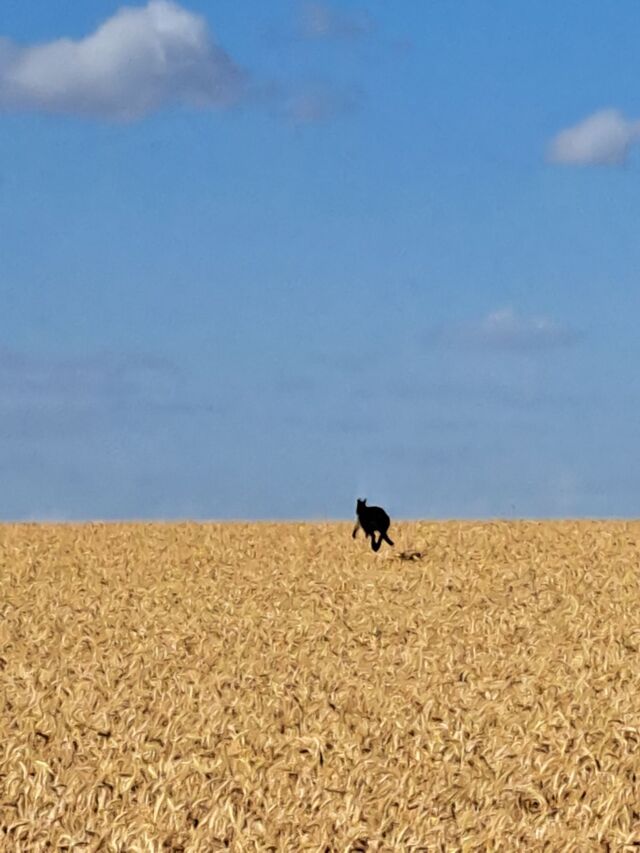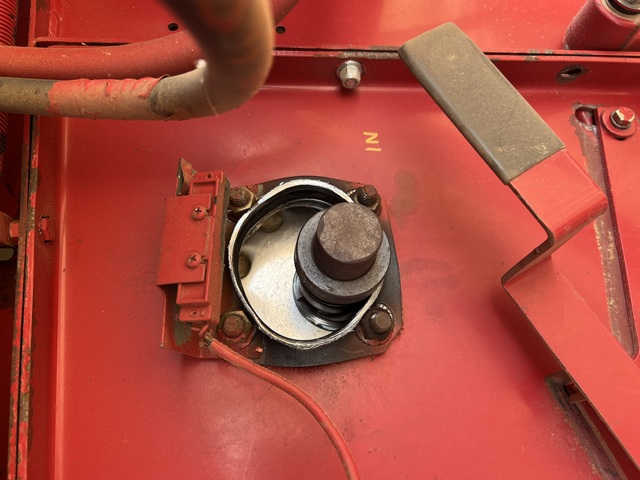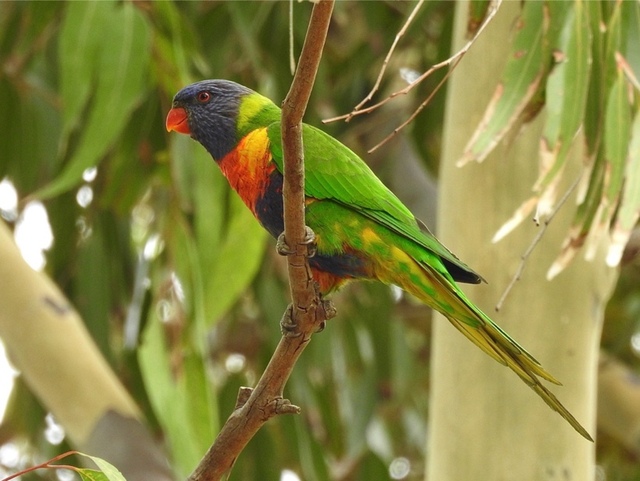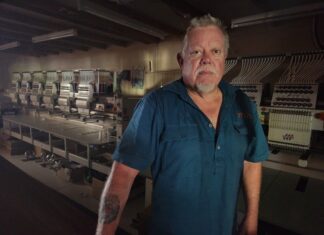Considering this is one of the driest seasons on record, it is astonishing there is anything to reap at all. Crops in the Mid North are widely variable, with some fortunate areas managing average yields, whilst others will not even bother putting a header into the paddock.
Years like this are incredibly stressful for farmers, so a grizzle about how dry it has been may be rather cathartic and good for your mental health.
Interestingly, it is areas with heavy ground that have suffered the most, while poorer lighter and sandy soils have managed quite well from the dry.
Hay yields have been well down, but the quality has been average to above average despite the late rain. Reported yields of lentils have been variable but I have had reports of up to two tonne with about 1.25 tonne the average around my patch.
Canola yields have been astonishing with reported yields of 1.0 to 2.4 tonne per hectare. Early wheat indicators are about three to four tonne per hectare. I am only quoting early crops and this is coming from a very limited area.
A lot of our readership will be reaping sheep (turning failed crops into sheep pasture). The year 2024 is one on the farm that you will be able to tell your kids and grandkids about.
EU Carbon Tax to hit farmers
The United Kingdom is set to phase in a carbon tax in 2027, which is going to impact farmers to the tune of 50 pounds per ton of fertiliser (double that to equate to Aussie dollars).
Britain has a new Labor government, and farmers appear to be in their sights. They are also reintroducing inheritance tax (death duties). British farmers are not well pleased and with good reason.
Fertiliser is a key component of producing food for the world. This tax is also expected to be rolled out across Europe.
It will have zero impact on climate change, but will pour millions into government revenue, send farmers to the wall, and increase the cost of food.
It is a very worrying trend.
Black Roo spotted !
Alma farmer Glen Bubner spotted a black kangaroo last week and took a photo as proof. I did a little research and found that albino kangaroos are one in one hundred thousand.
No mention of black kangaroos though. There is a threatened species of black wallaby in the top of the Northern Territory. I have never seen a black one kangaroo locally.
Rainbows – Welcome and not (by Paul Taylor)
Rainbow in the morning, a shepherd’s warning. Rainbow at night, shepherd’s delight. These are well-known sayings (with some variations) of landowners.
It is no surprise that the weather is part of farmers’ folklore, as rain (or lack of it) is the biggest factor affecting their livelihoods.
Rain at this time of the year can be a dilemma. It is certainly welcome in pastoral areas and helps crops in later districts. A minor downside is that it might spoil some hay.
Rainbows of a different kind – bird – can also create mixed feelings. Two birds in SA have rainbow in their name, rainbow bee-eater and rainbow lorikeet.
In these cases, rainbow does not mean the weather. Instead, it refers to their bright and varied colours.
The rainbow bee-eater is a brilliantly coloured migratory bird that has just arrived in southern SA from northern Australia. It is here to breed over summer, and pairs choose sandy areas in mallee scrubs to nest.
They dig a tunnel (hence the sandy locations), and lay eggs in a chamber at the end. True to their name, they are very partial to bees, and also
dragonflies.
Bee-eaters are a welcome sight when they arrive in our local area, regularly every year in October.
Not so welcome is the rainbow lorikeet. While it is a native bird like the bee-eater, this parrot was formerly found in wetter regions such as the Mount Lofty Ranges.
In the last two decades they have spread. Twenty years ago rainbow lorikeets were rarely seen in Balaklava, but now they are common.
Here they are taking over from musk as the dominant lorikeet. Further afield, they have been seen in drier locations like Port Augusta and even
the Gawler Ranges.
It may seem odd to be worried about one of Australia’s most colourful birds, but they can become a problem. The native range of rainbow lorikeets does not include WA, but about 50 years ago a few (less than ten) either accidentally escaped or were deliberately released in Perth.
Numbers have increased greatly and they are now declared a major pest. They cause a lot of damage in orchards and in vegetable and other crops.
Ecologically, rainbow lorikeets in WA are also a big problem. They are aggressive and take over nesting hollows of the local endemic red-capped parrot and western rosella, causing declines in these species.
While I welcome hearing the characteristic trills of rainbow bee-eaters flying overhead, I am not so keen on the raucous squawking of rainbow lorikeets in Balaklava.
And for just rainbows, our garden would appreciate some rain at the moment.

